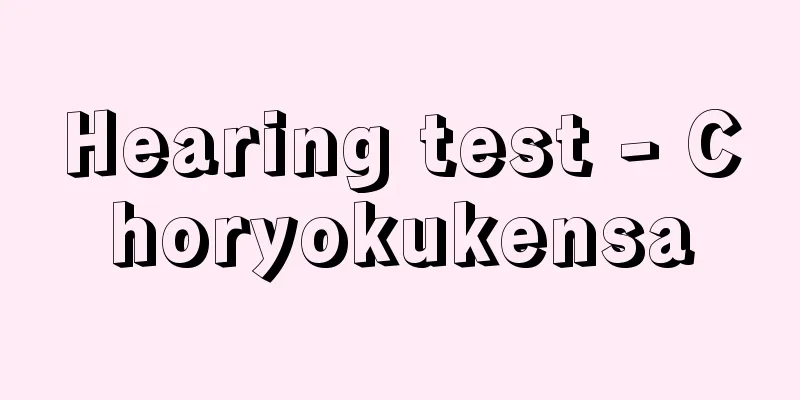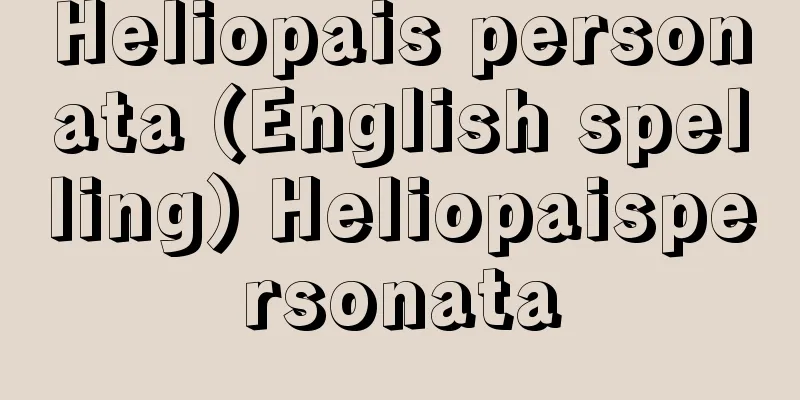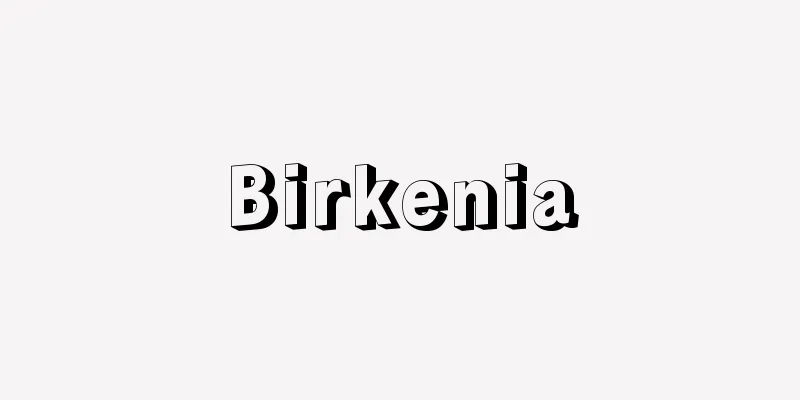Hearing test - Choryokukensa

|
This test distinguishes between conductive hearing loss and sensorineural hearing loss. This test is also used to clarify the cause of tinnitus and dizziness. Before the test, avoid noise and remove hearing aids and piercings. Tests to determine the cause and extent of hearing loss This is a test that is mainly performed when it becomes difficult to hear sounds (hearing loss). Hearing loss can be classified into those caused by abnormalities in the conductive system of the ear (from the outer ear to the eardrum), those caused by abnormalities in the sensorineural system (from the inner ear to the auditory nerve), and those caused by mixed disorders of both. On the other hand, causes of hearing loss include senility, toxicity (taking drugs such as streptomycin), inner ear infections, otitis media, trauma, tumors, and sudden hearing loss of unknown cause. A hearing test will distinguish between conductive and sensorineural hearing loss. Other uses include identifying the cause of tinnitus and dizziness, ear inflammation (otitis externa, otitis media, and otitis interna), Meniere's disease, trauma (eardrum damage), nerve tumors, and facial Age-related hearing loss makes it difficult to hear high-pitched sounds Sound is a combination of loudness (decibels) and wavelength (Hertz). People with age-related or toxic hearing loss have difficulty hearing high-pitched sounds (large wavelengths) like bells, while people with Meniere's disease have difficulty hearing low-pitched sounds like men's voices. ■ Degree of hearing loss The dB on the vertical axis is called decibels and represents the loudness of sound. It is normal to be able to hear sounds above 20dB (weak sounds). In this case, the patient has decreased hearing in the left ear (x) and sensorineural hearing loss (]). Takes about 10 to 15 minutes The test is carried out in a soundproofed room using a machine called an audiometer. First, headphones (for airway hearing) are placed on both ears, and the test is performed on the ear that can hear better (the other ear is sound-proofed). You listen for intermittent sounds (sounds of two beats per second), and when you hear them, you press a button to gradually increase the wavelength (higher sound), then decrease the wavelength (lower sound). The test takes about 10 minutes. If the above tests reveal any hearing abnormalities, the next test will be done using bone conduction earphones to distinguish between sensorineural and conductive hearing impairments. A bone conduction probe is placed on the bone behind the earlobe of the hearing impaired person (while the good ear is kept sound-proof) to check whether you can hear sounds of different wavelengths. It will all be completed in about 15 minutes. Listening to music or the radio while visiting the hospital is prohibited. Before your examination, avoid noisy environments. Do not come to the hospital while listening to music or the radio through headphones. No hearing aids will be used during the test. Earrings and piercings should be removed. The results may vary depending on your physical condition (stress), so if you are feeling unwell, try taking the test on a different day. Additional tests for suspected diseases include ◆ Meniere's disease → balance function test, head CT, nystagmus test, etc. The general term used by doctors is "Chouryokukensa" Source: Hoken "4th Edition: A book that explains the tests you will receive at the hospital" Information about the 4th Edition: A book that explains the tests you will receive at the hospital |
|
伝音難聴と感音難聴の区別をする検査です。耳鳴りやめまいの原因解明などにも、この検査を行います。検査前は騒音を避け、補聴器、ピアスなどは外します。 難聴の原因と程度を判定する検査 おもに、音がきこえにくくなった(難聴)ときに行う検査です。難聴は、耳の伝音系(外耳から鼓膜)の異常による場合、感音系(内耳から聴覚神経)の異常による場合、また、両者が障害されておこる混合性に分けられます。 一方、難聴の原因としては、老人性、中毒性(ストレプトマイシンなどの薬物服用)、内耳炎、中耳炎、外傷、腫瘍でおこるもの、さらに原因不明の突発性などがあります。 聴力検査では、伝音難聴と感音難聴の区別をします。 その他、耳鳴り、めまいの原因解明のためや、耳の炎症(外耳炎、中耳炎、内耳炎)、メニエール病、外傷(鼓膜損傷)、神経腫瘍、顔面 老人性難聴では高い音がきこえにくくなる 音は、大きさ(デシベル)と波長(ヘルツ)の組み合わせできこえます。老人性や中毒性の難聴では、鈴のような高い音(波長が大きい)がきこえにくく、メニエール病では、男性の声のような低音がきこえづらくなります。 ■難聴の程度 縦軸のdBはデシベルといい、音の大きさを表す。20dBより上(弱い音)が聴こえるのが正常。 本例は、左聴力が低下(×)し、感音性難聴(])を示している。 約10~15分で終了 防音された検査室で、オージオメーターという機械を使って検査します。 まず、ヘッドホーン(気道聴力用)を両耳に当て、よくきこえるほうの耳から検査をします(反対側の耳は遮音しておく)。断続的な音(1秒に2拍の音)が出るのをききとり、きこえたらボタンを押し、だんだん波長を上げ(高い音)、次に波長を下げながら(低い音)調べます。約10分で終了します。 以上の検査で聴力に異常があったら、次に感音性障害か伝音性障害かを区別するために、骨導聴力用イヤホーンをつけて検査します。 きこえにくいほうの耳たぶの後ろにある骨に骨導端子を当て(よいほうの耳は遮音して)、異なった波長の音がききとれるかどうかを調べます。 約15分ですべて終了します。 音楽やラジオをききながらの来院は禁止 検査前は、騒音の環境を避けます。ヘッドホーンで音楽やラジオをききながら、来院しないでください。 補聴器は使用しないで検査します。イヤリングやピアスは外します。 体調(ストレス)で結果が変動することがあるので、体調の悪いときは日を改めます。 疑われるおもな病気の追加検査は ◆メニエール病→平衡機能検査、頭部CT、眼振検査など 医師が使う一般用語 出典 法研「四訂版 病院で受ける検査がわかる本」四訂版 病院で受ける検査がわかる本について 情報 |
>>: Hearing improvement surgery - Choryokukaizenshujutsu
Recommend
Official management - Kansho
〘Noun〙① A subordinate of the Daijokan who performs...
Gerona - Gerona (English spelling)
The capital of the province of Gerona in the Cata...
Transition point
Phase transitions in materials occur under physica...
fundamental human rights
… [History of human rights in Japan] The terms &q...
Transamazonica (English spelling)
…Important tasks of the Amazon Development Agency...
Adolescent crisis
A psychiatric term referring to a mental crisis du...
Jeong Gam-rok
A prophetic book that was circulated among the gen...
Fire sake - Hinosake
〘Noun〙① Alcoholic beverages that are so strong tha...
Total eclipse - total eclipse
A solar eclipse is a phenomenon in which the main ...
Continental Army
A regular army organized for the American War of I...
Tropic of a year
The solar year is the time from when the sun leave...
Servant - Shoju
A term for the status of slaves in the Middle Age...
Rain-praying Komachi - Amagoi Komachi
The legend goes that Ono no Komachi received an im...
SDECE - SDECE
... Intelligence activities were insufficient dur...
Birla Group - Birla Zaibatsu (English spelling)
One of India's leading conglomerates, based in...









